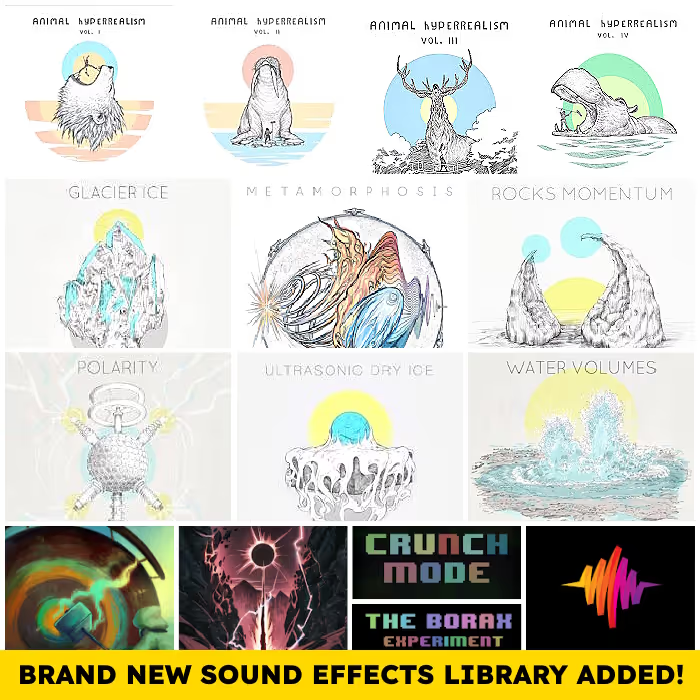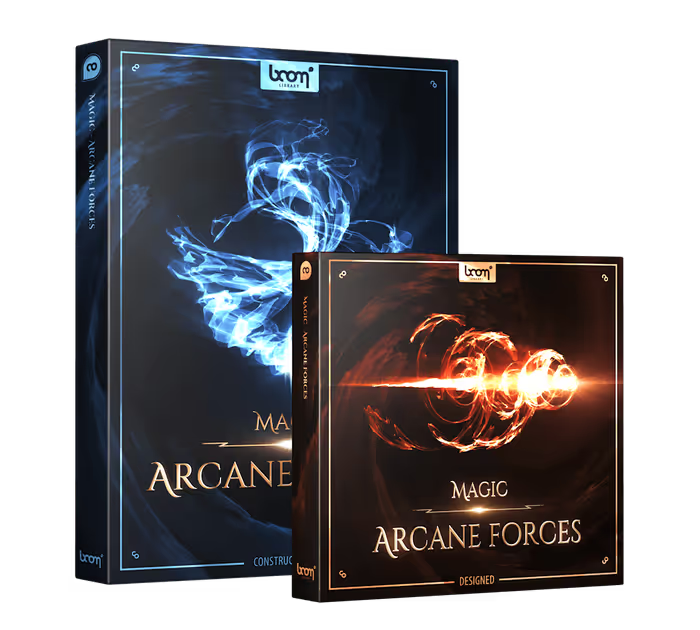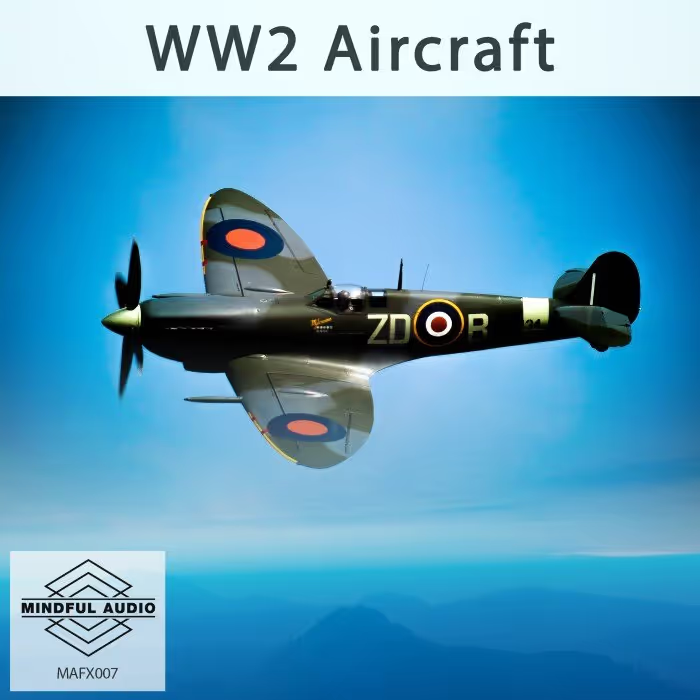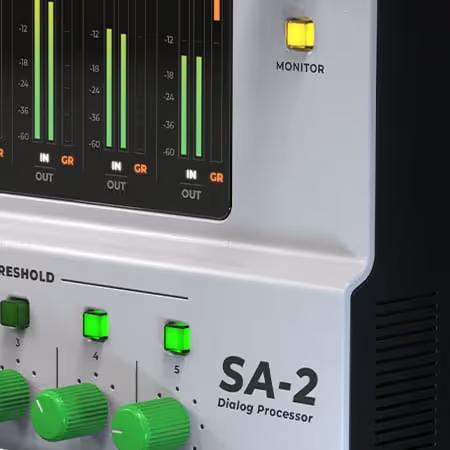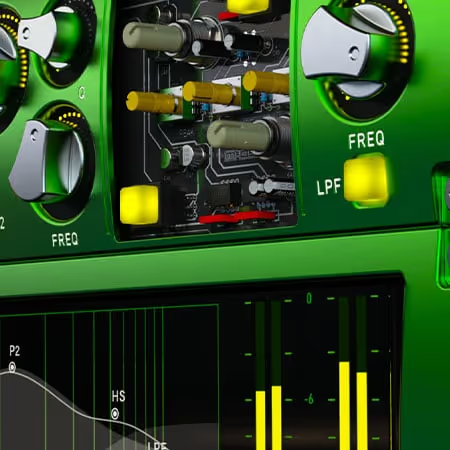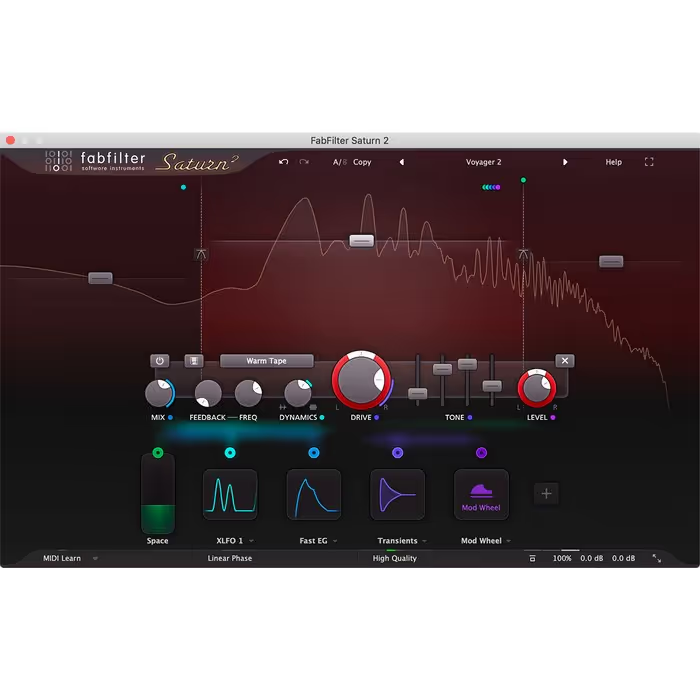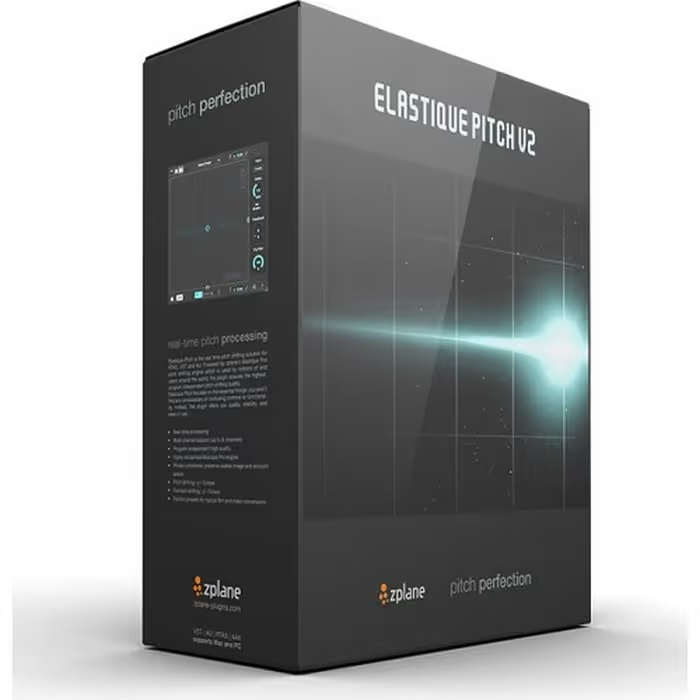Laundering millions of dollars for a Mexican cartel has tested the bonds of the Byrde family in Netflix’s brooding and brutal Ozark series. Marty (Jason Batema), his wife Wendy (Laura Linney), and their two kids Jonah (Skylar Gaertner) and Charlotte (Sofia Hublitz) moved to the Ozarks of Missouri and opened a riverboat casino. It seemed like an effective way to clean loads of cash but an operation of that size draws attention — from law enforcement, from local crime lords, from rival cartels — and it requires a large workforce to run it. It’s like a blackhole attracting anyone who gets too close and then destroying them — like Wendy’s brother Ben (Tom Pelphrey).
S3, Ep. 10 “All In,” opens on the aftermath of Ben’s death. Wendy seeks solitude but winds up in a busy parking lot of a superstore, drinking vodka from the bottle while Marty and Ruth (Julia Garner) are at home cremating Ben’s remains. It’s important to understand where these characters are emotionally because their emotions influenced the sound team’s choices during the edit and mix.
Here, sound supervisor Nick Forshager, owner of Wildtracks in Los Angeles, and Formosa Group re-recording mixers Larry Benjamin (dialogue/music) and Kevin Valentine (effects/Foley/BGs) talk about crafting that opening sequence, the challenges of getting the emotional phone call between Wendy and Marty to play just right, the intense shoot out in the church, and much more!
Ozark Season 3 | Official Trailer | Netflix
This is your third season of Ozark. From a mixing standpoint, how has your approach to the show changed or grown over the years? 
Larry Benjamin (LB): I’d say we had to grow it a little bit this past season because we moved facilities. We moved to Formosa Group this season, and the mix schedule was compressed to three days. We had to refine our process but it didn’t really feel rushed because the tools and superior sound we have at Formosa Group allows us to hear more detail and move more efficiently, I feel.
Kevin Valentine (KV): I totally agree.
LB: I’d say we refined our workflow over time and we have an excellent editorial team run by Nick [Forshager]. We’ve worked with Nick on Better Call Saul, El Camino, Legion, The Good Wife, and now we’re doing another show together called Coyote (and the showrunner on that is Michelle MacLaren from Breaking Bad).

So Nick provides us with all the sound editorial and dialogue editing, the design for the background, effects and Foley.
The Foley on Ozark is actually done in New Zealand by Bespoke Post, and it’s fantastic.
All the people working for Nick, basically work from home. He’s been doing this remote workflow for a long time.
When you’ve worked with someone for a long time, you develop a shorthand and that’s what allowed us to make the mix process more efficient.
And Nick, how has your approach to sound editing on Ozark changed or evolved over the past three years?
Nick Forshager (NF): The nice part is that it keeps shifting. Season 1 we introduced those story arcs and we tried to find a sound for that. Season 2 we were in new locations and Season 3 we spent more time in Mexico; we were on the river boat a lot more.
The nice part is that the show gives us ways to reshape the sound with each season. So, it’s not the same thing every year, which is great. It keeps us looking for new material and trying to shape the sound for the season.
From Season 1 to Season 3, the trailer park where Ruth lives has changed. In Season 1, there were a lot of people living there, like the uncles and the boys. There was a lot more sound. This season, Ruth is basically alone. So we reshaped that location to be more desolate and quiet. So each location shifts a little bit as we get to tell the story. It never stays quite the same and that’s fun for us.

I’ve noticed that Ozark has a similar feel and tone to Better Call Saul. It has this controlled and well-orchestrated use of sound that’s dramatic and purposeful. It’s amazing that your sonic stamp is imprinted on these two different shows…
NF: Thank you. There are a lot of similarities between the two shows in that sense. When they first brought Ozark to us, I had worked with some of the same people from Breaking Bad and I had just started working on Better Call Saul with Larry and Kevin. So it was a natural fit.
We tried to create Ozark in its own image as well, but the way the scenes are composed there’s often two people talking in a room for extended periods of time. That was something we did a lot in Saul. We want to make it interesting and tell part of the story and it was very similar in that way. We look at each scene and try to make a location its own character within the show. That has been a philosophy with our shows in general.
We look at each scene and try to make a location its own character within the show. That has been a philosophy with our shows in general.
You don’t just keep your backgrounds the same every single week. You try to find ways to help move the story along or tell the story. It shifts a bit tonally each time so that it helps the story and it’s not just sitting there. We break down the scene and find the elements that tonally will fit what’s happening.
LB: We handle it similarly but it’s a different approach because of the show runners. Ozark has Jason Bateman’s fingerprint all over it and he has a very specific vision of what he wants. But he’s also a broad stroke guy; he doesn’t get into the weeds in terms of the fine detail. He leaves that to us to craft with the picture editors. There are three, with two main ones and the third does the odd show here and there. So we work with them to get the show in shape how we feel it should be. We spend about a day and a half on our own. Then the second half of Day 2 we play it for the picture editors and handle their notes and tweaks.
They don’t have demo love, though. They give us a lot of creative latitude. We use the temp mix as a guide for what their ideas are. On other shows, the picture editors are much more precious. They don’t want you to color outside the lines. But on this show, they give us a lot of latitude.
Then, we’ll present it to Jason and the producers (and the picture editors will sit alongside us). Jason usually has a few notes, less than 10 typically, and they’re on things like: does that music do what it’s supposed to do; do we like that sound effect? He’s very precise. He’s a very sharp, bright guy in all respects.
On other shows, the picture editors are much more precious. They don’t want you to color outside the lines. But on this show, they give us a lot of latitude.
KV: The notes are always story-based, meaning we’re making the show better as opposed to tweaking things that don’t matter. Like, “I don’t like that toaster sound,” which doesn’t make a whole lot of difference in the end.
LB: After we play it for Jason, we do another pass for Chris Mundy (producer) and then Sebastian from Netflix and a rep from the MRC studio. They’ll have a handful of notes for us as well. And if those go against Jason’s notes, well Chris Mundy is the showrunner so they can battle it out on who wins. But Jason kind of leaves us to our devices and if he has notes or a fix we’ll address that. But there’s a lot of autonomy afforded to us on the show.

What are the showrunners’ tastes in terms of the mix? What’s your approach to premixing the episode in preparation for playback?
LB: I would say they like things to be crowded in a good way. In other words, as long as the dialogue is clear, they like to have a rich palette of backgrounds, which Kevin provides. We mix the show in 5.1 and it’s very immersive; you want to feel like you’re there. Jason is intentionally creating a look with the color — dark and moody and bluish — and we’re trying to do the same with sound. Sonically, the palette is very rich and enveloping. And the music, too, helps to create that unease and anxiety. I try to sneak it in so you just barely feel it. Then, before you know it you are feeling uneasy or moved. I think the last two episodes of Season 3, the composers Danny Bensi and Saunder Jurriaans introduced some emotional music for Ben (Tom Pelphrey), with piano and strings.
Jason is intentionally creating a look with the color — dark and moody and bluish — and we’re trying to do the same with sound. Sonically, the palette is very rich and enveloping.
KV: We’re very fortunate to have extremely good elements to mix. We are like bakers or chefs; we’re only partially as good as the ingredients we use. When we have great ingredients, like the music we get and Nick’s insane sound effects that are so real and enveloping, in the end we’re able to create a good sounding show. That’s partly to do with us but we get a lot of good stuff to work with.
You can’t make bad things sound good; you can make them sound a little better. But if you start with premium sounds it makes our job much easier.
LB: That was very eloquent and perfectly said.
And to further that metaphor at Formosa Group we feel that our baker’s pans and tools we get to use to do this cooking are top-notch. And we get great ingredients.
We have a scoring mixer, Phil McGowan, which is not very common on a television show. He balances the composer’s tracks, placing the stems in the 5.1 surround field, which is typically something I have to do on the dub stage and that takes time. But he does that for me. I still have to mix the music and weave it around the dialogue and effects but he gives me stems and I have control of it. If something is getting in the way of the dialogue — for instance, Jason doesn’t like this tickey, pulsing sound or specific string plucks — I have that separated. Phil has provided me with a good road map for the instrumentation of the score. Kevin’s right, it’s about the premium ingredients and great players.

This show is set in Missouri but shot in Georgia. Were the local bugs and birds an issue on the dialogue tracks? Did you have to do extensive cleaning?
LB: Cindy Mollo (picture editor) has this wonderful expression: the defect becomes the effect. In other words, if the cicadas in the track — which are native to Georgia because it’s a very humid place — are too much for me to remove, I can lessen them. But let’s embrace what is there as long as it’s not jarring or sounds like a technical deficiency.
Cindy Mollo (picture editor) has this wonderful expression: the defect becomes the effect…
Let’s embrace what’s there and build on that. Jason loves that. It acts as another tension device and we certainly embraced that in the first season, in the bathroom with Ruth confronting Marty about the money. And in this season, on the exterior scenes, Kevin has the authentically recorded birds and bugs of Missouri from Nick, and those work along with the birds and bugs on the dialogue track.
There was a scene in the last episode of Season 3 that had very heavy cicadas, which I did end up cleaning because it was so pervasive that it was getting in the way of the dialogue. But in general, we do embrace them. The defect becomes the effect, and we build on top of that.
Let’s embrace what’s there and build on that.
NF: In terms of editorial, we did send a team to the Ozarks to record a lot of the birds and the lake. So we had a good library of Missouri sounds. There are certain things like cicadas, which are much heavier in Georgia than Missouri. But the nice part is that it plays well to what we’re seeing. So we’ve learned to embrace it.
Larry has done a great job of minimizing it and then we try to build the environment as we think it should be but we take into account things like cicadas on the track and try to back-fill that so it matches if we need to go in and out of it.
As Larry said, that scene when Marty confronts Ruth for the first time in an abandoned bathroom, we had cicadas all the way through that. We really embraced those cicadas because we couldn’t get rid of it. We’d have to loop the entire scene and we had five characters in this small little bathroom. That wasn’t possible so we used the cicadas as a tension device instead of throwing it out, to heighten the tension through that scene. That was Cindy Mollo’s great idea and she sold Jason on it. The cicadas were so loud it nearly drowned out the dialogue. So, Larry minimized it and I created a bed that was mimicking what it was doing so that it would really drive the scene.
The showrunners are really great about that stuff. They really let us go. They have great ideas and their spotting sessions are awesome but they let us do our thing, which is really nice.

What about some of the other locations in the show, like the mobile homes which have parallel, reflective surfaces? Are those a challenge for dialogue?
LB: To the credit of production sound mixer Felipe Borrero, who is extremely experienced, I always have a combination of boom mic and lav mic. The lav mic is excellent at isolating the dialogue from the acoustics of the space, but sometimes those tracks sound too sterile. I can add in a little artificial room reverb but I can also use the boom mic to give it that richness.
Felipe is so good at miking things so that it sounds natural…
Felipe is so good at miking things so that it sounds natural. So even in spaces with challenging acoustics, the sound of that space lends itself to the dialogue. It doesn’t overtake it. I know what you’re saying about a poorly recorded dialogue track in an acoustic space such as the bathroom can sound amateurish. But in this case, it’s so subtle that it actually helps the space and the dialogue to sound natural. It’s such well recorded dialogue.
So even in spaces with challenging acoustics, the sound of that space lends itself to the dialogue. It doesn’t overtake it.
The dialogue is edited with Auto-Align Post so it’s phase aligned. There’s no odd phasing or delays or other idiosyncrasies between tracks. I do tweak the amount of boom to lav to make it feel real. Sometimes they use multi-camera setups and so I’m not able to use just the boom track because it would sound too wide. In those cases, I’ll do a recipe of a little bit of boom with a lot of lav. And in other cases, when they do shots for coverage, I can rely more heavily on the boom. The boom is typically a richer, fuller sound. But sometimes I need to lean on the lav for clarity.

Why did you choose S3, Ep. 10 “All In” for Emmy consideration? In terms of the mix, what stands out for you?
LB: That’s a tough question because there are great mix moments in each of the episodes. I think we chose this episode because everything is closing in on the whole Helen/Marty/Ben interplay. There’s that brooding anger that follows Ben’s death in the previous episode. There’s the shotgun scene with Frank, Jr., and the shootout in the church. There were the tender moments in the beginning with Wendy and Marty. There was a lot of dynamics to this mix. It was almost like a classical piece of music with lots of peaks and valleys. There were soft moments where we could show off subtle mixing and there were more bombastic elements, like the shootouts and the big surprise scene at the end.
There was a lot of dynamics to this mix. It was almost like a classical piece of music with lots of peaks and valleys.
KV: The end was interesting. The picture editor told us a story about Jason, who delights in a macabre sense of humor. There was one take where he looks at the camera and smiles.
LB: LB: The picture editor did a really good job of cutting that together because everyone that contacted me about the show I’ve asked if they were shocked and surprised by the ending and everyone is floored by it….
The picture editors Cindy Mollo and Vikash Patel are great. We worked together with them as colleagues very collaboratively. In some cases, that’s not how it goes with the picture editor. We get our marching orders and this is their vision or what they’ve been told to do and we are just acting as facilitators. But in this case, they value our creative input.
[tweet_box]Building the Brooding Sound of Netflix’s ‘Ozark’ series[/tweet_box]

Looking at the opening of Ep. 10, the first six minutes deal with the repercussions of Ben’s murder. There’s an interesting parallel between the garage door closing and the sound of Ben’s body being pushed into the crematorium. It’s like two doors are being closed, one literally and one figuratively. What was your approach to that sonically?
NF: That was a bit of a call back to Season 1, when they first disposed the bodies of the guys who come to kill Buddy (Harris Yulin).
For the design of that, we wanted to focus on the hell that has been unleashed on this family and how deep they’re willing to go into this situation in order to stay afloat. At this point, especially that moment, it’s about their willingness to sacrifice family to survive. They never thought they’d get to that point and now they are. It’s really about them going into the fires of hell.
The analogy of the door closing was something we discussed during spotting for sure.

For the sounds of the crematorium, did you get to record one? Or was that designed?
NF: We created that from the ground up. We’re on such a tight schedule and we don’t get to see picture until late into the working process. So, the crematorium we built using a very heavy hydraulic with a heavy door close on that. We tried to find elements that mimicked what we were seeing but we built it bigger to add some size and weight, especially on the inside POV. The showrunners wanted to hear the sound of the gas turning on before igniting. That was a big thing for them. Then as it flares up, the fire sound really takes off. Matt Temple, one of my sound designers, he’s great at coming up with big sounds when we need it. And he definitely did for that.

That sequence is so interesting because it cuts back and forth between Marty and Ruth (who are dealing with the body physically) and Wendy in the parking lot as she deals with the body emotionally. How were you able to use sound to bridge those two experiences of the same event?
NF: The nice part is that they were drastically different locations. That always helps. What’s interesting about Wendy is that she’s in a parking lot of this big store. She wants to be alone but she’s probably in the busiest place she could be. Even though the sounds of the crematorium are bigger than the sounds of the parking lot, it’s a busy parking lot so Wendy is anything but alone. Being surrounded by people almost heightens Wendy’s feeling of being alone. That was something the showrunners talked about for sure.

What were your favorite scenes for sound editing in Ep. 10… now that we’ve talked about mine!
NF: I love the build up to the end, even though music is a big driver. From the time that Jonah (Skylar Gaertner) visits Helen (Janet McTeer), there’s this tension that keeps rising all the way through to the end. You don’t know what’s going to happen. You have your suspicions how it might end. But I love being able to build off of these scenes that are taking you to this moment of confrontation and then it’s a huge pay off because it’s so unexpected. They are quiet scenes — none are super big — so when you get that last gunshot to cap the episode and the season, it’s super shocking. You’re on the edge at that point. That was unique to do. Usually, when you have these driving sequences, there are a lot of things happening and a lot of sound happening, but this was very sparse. To have that big moment at the end, it just really jumps off the screen. That’s unique and you don’t get to do that on shows often. That was really fun.
Also, I love any kind of shoot outs. The shoot out in the church was fun for sound editorial. We don’t get to do many shootouts in churches, so to be able to work with the reverbs of that space was fun.
Usually when you have these driving sequences, there are a lot of things happening and a lot of sound happening, but this was very sparse.
We got to do the scene from two perspectives — from inside the church as it’s happening and then through the iPad perspective. To be able to cut it in splits and be able to create this moment for Navarro (Felix Solis) to feel the impact of what’s happening in the shootout while it’s happening was unique. We got to play both close-up and then Navarro witnessing it from afar. We don’t get to do that often. We wanted to make the sounds pop through the iPad even though we had to compress them down. We didn’t want it to sound like firecrackers. It actually has impact and you get the feeling of what’s really happening in that scene.
It’s not a long scene. The challenge was to make sure we had both sides of that working, both perspectives. The big gunshots had to work on the small iPad speakers, so you know he’s feeling the impact. Those sounds really popped out and I think it worked really well.

Going back to Jonah, I love the scene where he shoots out the picture window. I love the sound of breaking glass. Did you record any glass breaks for that?
NF: We didn’t do any custom recordings of glass breaking but we did have Foley sweeten that up. The Foley helps to shape the sound for the picture. And that’s how I use Foley for a lot of this stuff. I’m a huge Foley nerd (as I call myself) and I use Foley as sound design.
I don’t need the Foley team to break a window; I’m looking for them to give me the character that will make it fit this picture. So that’s how we get around using a sound effect from a library and then reshaping it with Foley to make it fit picture. Foley is an integral part of that. All those bits of debris and things we get from them help to reshape the library effects we use. I love that. Foley is a huge part of this show for sure.
I don’t need the Foley team to break a window; I’m looking for them to give me the character that will make it fit this picture.
We layer Foley with effects all the time, like on body falls. We can get the weight part of it with effects and the Foley team will give the details of whatever surface it is — grass, or dirt, or concrete. I blend the two together so it feels more natural. And if you add a production effect on top of that, you can really reshape it to fit what’s happening. The sound effect alone won’t quite have the character you need, so by manipulating all those elements they fit the picture better. And that’s usually my last pass.
Highlights from A Sound Effect - article continues below:
I’ll have Matt and his team do the edit and then I’ll go through and see how we can reshape things to really fit the picture. It’s a nice luxury I have — especially on a show like this that really needs it —but that’s when I get to work through it. I bring in the production effects and hard effects and Foley and make sure those are tailored to be the sound we need it to be. We don’t always get to do that on TV because the schedules are always tight. We usually just have to get something on the screen and then move on. But for these types of shows, you need to spend that extra time manipulating the sound.
The Foley team this season was Bespoke Post in New Zealand. This was their first season on the show and they did a great job of understanding the show and the concept we were going for. They got that right away and did a great job with the Foley.
The Bespoke team was recommended by Formosa Group. My package for Foley had been with the mix package, so when we moved the show from Smart Sound to Formosa, Jackie Jones (business manager) asked who I wanted to work with, and I ask who they recommended. She said she was using a team out of New Zealand. They were doing Berlin Station, which Larry and Kevin were mixing, and a few other shows. The Foley team turned out to be awesome, a great find for us to work with.

Working with a team on the other side of the world from L.A., did the time zone difference help you schedule-wise, or was it a hindrance?
NF: At times it was a hindrance and at times it was a blessing. They are 19 hours ahead of us, but if we’re on the stage in the afternoon and need a pick up, then generally they’re at the studio early enough to do it. If it’s the morning, then we have no chance of getting anything. So you have to stay on top of emails and texts and communicating things ahead of time.
It’s a bit of coordinating between the time zones but you get used to it.
It’s funny because I use another team in Toronto. They’re on a different schedule, three hours ahead of me. If I don’t get a request to them by noon (which is 3 pm for them) then they’ve gone home. It’s a bit of coordinating between the time zones but you get used to it. You develop a good shorthand with each group so they can get you materials as you need it.
The nice part on Ozark is that we were ahead on editorial schedule so I was able to get material back from them a few days ahead of the mix so I could go through it. If I had notes or pick-ups I can get it before we get to the stage. If a request comes up on the stage, then that becomes a bit of a chore. But, we find ways to get it done.

What was the most challenging scene in Ep. 10 to mix?
KV: I can’t recall anything that’s more challenging than others. Oddly enough, it isn’t a big car chase or a shootout that’s difficult. It can be a long, subtle passage that doesn’t have a flow built into it per se, and we have to make that work. Sometimes it takes a lot of time to work out. I find that the large, loud sequences are easier to do. The shotgun scene was no issue to do. If you have great elements (as I talked about before) and the proper loudness so it’s shocking then you’re in. But sometimes the subtle things are the most difficult things to do, for me at least.
Many times I was taking subtle, little bites out of the track. I didn’t want to make it sound unnatural…
LB: The scenes you think would be the least challenging are sometimes the most difficult. There’s a phone call between Marty and Wendy in the beginning. Wendy is sitting in the car, drunk from the vodka that she purchased in the grocery store. We hear Marty futzed on the phone before we actually see him. That is one of the scenes where it wasn’t the case of ‘the defect becomes the effect.’ That was a really tender and revealing moment and the cicadas were so pervasive in Marty’s production dialogue that I had to work on it.
Many times I was taking subtle, little bites out of the track. I didn’t want to make it sound unnatural but I had to reduce the cicadas because it felt so unnatural to have all those cicadas on Marty’s side of the conversation. We’re with Wendy in the car; we’re with her in her emotional state after having ordered a hit on her brother, and to hear the cicadas intruding on that conversation wasn’t right. I worked really hard using notch filtering and iZotope RX and taking little bits and bites from the track to make it salvageable. They hardly do any ADR on this show. Very little. So we’re trying to salvage the production track where we can. That scene is one of those instances where the Georgia local insects are intruding on the track.
That was something the picture editor noted and Erin Mitchell (producer) noted, and even Jason asked if there was anything we could do to reduce them further. I always try to give myself a little wiggle room so I don’t overdo it at first. I leave a little latitude for the correction if need be.
So that was ironically one of the more challenging moments to mix. You want to be with Wendy in her moment and not be taken out of it by the artifice of that sound. And that wasn’t the production sound mixer’s fault. That was just how it sounded in that location. I’ve been back east, in the northeast in the summer, and the bugs can be brutal.

What dub stage did you mix on at Formosa?
LB: We are mixing on Stage 2, on Seward Street. That’s the only building open during the quarantine. Even though it’s a full Atmos stage, we mixed the show in 5.1. That’s been grandfathered in because that’s how the show has previously been mixed. We’ve discussed the prospect of Atmos with Jason. He loves the sound side. He enjoys coming to the mix and he knows the language of sound. He pretends that he doesn’t, but he does. He’s the smartest guy in the room for sure.
KV: He is! I’m a big Jason Bateman fanboy. He’s so smart in every area of the business.
LB: Yeah, the cinematography and the cameras, the blocking, and certainly the acting, and the location scouting. He’s a pretty impressive guy.

Any other thoughts you’d like to share on the sound of Ozark?
KV: The content of the show and the process make it really enjoyable to work on.
LB: We get to flex our creative muscles and use the tools that we have. It’s a joy to come to work with these amazing ingredients and everyone is firing on all cylinders. It’s not hackish in any way; it’s very high end.
NF: I’m proud of how quickly Ozark comes together. We went from a four day mix to a three day mix, and at first that was concerning for us. But we’re so dialed-in with the show now and everybody’s tastes. With Saul, it’s an adventure every week. There are so many people involved and it’s always expanding. With Ozark, we have a great template working. I feel like when we come to the stage we’re really well prepared. Larry and Kevin know exactly what to do. Steve Grubbs, my co-supervisor, has the dialogue prepared. We really just get to put it together and present it. There isn’t a lot of second guessing and over thinking. If it’s working and flowing well on the screen, then usually they’ll love it. It’s a great working relationship because it’s left in our hands to present it. That doesn’t happen very often. There are usually a lot of chiefs involved who want to make a lot of decisions. But on this, they’re pretty hands-off and let us get through it. That’s really nice!
A big thanks to Nick Forshager, Larry Benjamin, and Kevin Valentine for giving us a behind-the-scenes look at the sound of Ozark and to Jennifer Walden for the interview!



